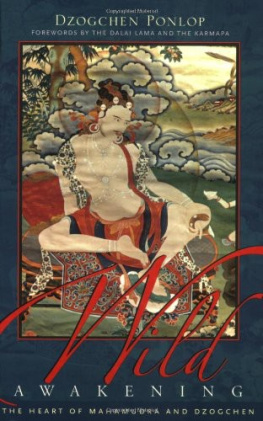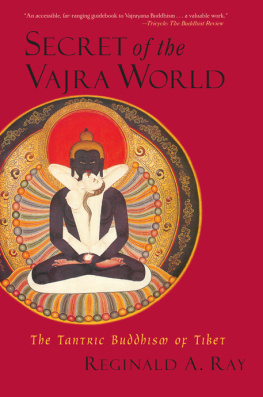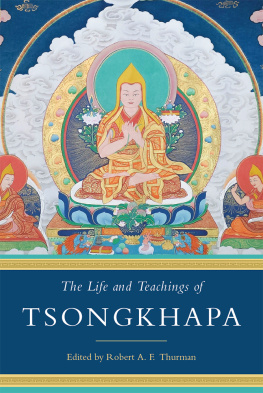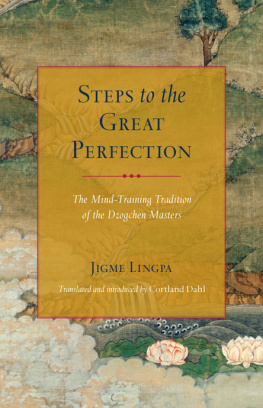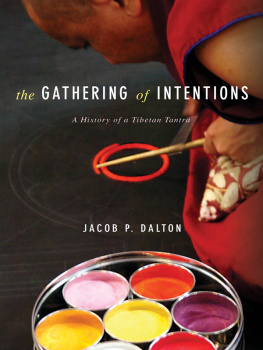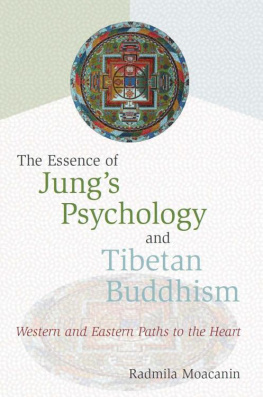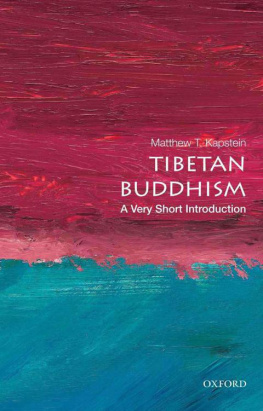
TIBETAN BUDDHISM
From the Ground Up

Asking neither unquestioning faith nor blind obedience to abstract concepts or religious beliefs, this highly readable book challenges us to question and investigate life's issues for ourselves in the light of an ancient and effective approach to the sufferings and joys of the human condition.

One of the most readable, accessible, and comprehensive introductions to Tibetan Buddhism.
Mandala
A happy find for anyone seeking to incorporate Buddhist principles into spiritual practice.
Napra ReVIEW
Insightful. This practical book provides examples of how these ancient teachings can be applied in contemporary Western life.
The Beacon
Presents Buddhism not as a competing faith but as a practical way of ethics by which to shape one's life.
The Reader's Review
B. ALAN WALLACE is president of the Santa Barbara Institute for Consciousness Studies. He trained for many years as a monk in Buddhist monasteries in India and Switzerland. He has taught Buddhist theory and practice in Europe and America since 1976 and has served as interpreter for numerous Tibetan scholars and contemplatives, including H. H. the Dalai Lama. He has edited, translated, authored, and contributed to more than thirty books on Tibetan Buddhism, medicine, language, and culture, and the interface between science and religion including Stilling the Mind, The Attention Revolution, and Ddjom Lingpa's Visions of the Great Perfection.

Dedicated to
My Parents and Teachers
Contents
Preface
T he following is an edited version of a series of lectures I gave in Seattle, Washington, in 1988 beginning with the most basic teachings of Tibetan Buddhism and progressing gradually to more subtle theories and advanced practices. These lectures were intended as a practical introduction to Buddhism, based on my own studies, experience, and teachings I had received over the preceding eighteen years from teachers from all four orders of Tibetan Buddhism. Two of these lectures, appearing here as chapters 10 and 11, are based on Buddhist writings preserved in the Pali language. Although these writings are not part of the Tibetan tradition, they are compatible with it, and I have drawn on them because of their exceptional usefulness and clarity.
This book is not designed as an academic introduction to Tibetan Buddhism, but rather as a straightforward guide to practice. I am hoping it will be accessible and helpful to a broad reading public, especially to those with no background in Buddhism at all.
I would like to thank my many friends in Seattle who transcribed these lectures, especially Pauly Fitze. I would also like to express my gratitude to Michael Bristol, Stuart and Sandy Baird, and Grace Watson, who have contributed to my work so generously over the years.
I would also like to thank Steven Wilhelm, a professional journalist and long-time friend, without whom this work might never have been brought to completion. During 1989, I did the initial editing of the transcripts of the first nine lectures, and Steven further polished this work. Transcripts of the final seven lectures were initially edited by Steven Wilhelm, then I edited further the entire manuscript. Finally, I am most grateful to Connie Miller andVincent and Maria Montenegro at Wisdom Publications for their excellent work on the manuscript.
I hope the personal style of this book will provide enjoyable and meaningful reading for those interested in understanding Tibetan Buddhism in the context of the modern world.
Dharma and the Rituals of Happiness
T ibetan Buddhism is one of the many spiritual traditions that has evolved from the words taught by the historical Buddha some 2,500 years ago. Dharma, a Sanskrit word for which there is no adequate English equivalent, refers to the understanding and behavior that lead to the elimination of suffering and its source and to the experience of a lasting state of happiness and fulfillment. The Dharma taught by the Buddha is known as the Buddhadharma. Thus, we can describe Dharma as a way of life, a practice that can be relevant and useful to everyone, to so-called religious people and nonreligious people alike. Why? Because it tells us how to satisfy a longing we have always had, that is, the fundamental desire to experience a lasting state of happiness and to be completely free of suffering and discontent. In short, the practice of Dharma provides a means to the attainment of this goal.
ntideva, a seventh-century Indian Buddhist sage, writes:
Although we wish to cast off grief,
We hasten after misery;
And though we long for happiness,
Out of ignorance we crush our joy,
as if it were our enemy.
We wish for happiness, yet frequently we fail to identify its source. We wish to be free of suffering, frustration, and grief, but we do not correctly identify the sources of our unhappiness. So, although we wish to be free of misery we hasten after it, all the while destroying the causes of the happiness we could have.
How then do we go about practicing Dharma correctly? First we must clearly understand what is not Dharma, so we can eliminate all those activities of our lives that create the causes contrary to our happiness.
THE EIGHT WORLDLY CONCERNS
Only Dharma, and a motivation appropriate to the practice of Dharma, effectively leads to fulfillment. All other activities are included in what Buddhists call the eight worldly concerns. These concerns dominate a life without Dharma and prevent us from entering a way of life that leads to the cessation of discontent. These eight worldly concerns are: gain and loss, pleasure and pain, praise and blame, and fame and disgrace.
These are the concerns that pervade most people's daily lives. They are pervasive precisely because they are mistaken for effective means to attain happiness and to avoid suffering. For example, many of us, driven by the concerns of gain and loss, work to acquire an income so that we can buy the things that money can buy, some of them necessities but often many of them unnecessary things that we believe will bring us happiness. We also earn money so that we can avoid the misery and humiliation of poverty.
Again, experiencing pleasure and avoiding pain are the primary motivations for a majority of our activities. We engage in many actions some of which may seem spiritual for the sake of immediate satisfaction or relief. For example, if we have a headache we may take aspirin, or sit and meditate hoping the headache will go away. These remedies may lead to temporary relief from discomfort, but that is where their effectiveness ends.
Praise and blame is the next pair of worldly concerns, and even a little reflection reveals the great extent to which our behavior is influenced by desire for praise and fear of blame. The final pair, fame and disgrace, includes seeking others' approval, affection,acknowledgment, respect, and appreciation, and avoiding the corresponding disapproval, rejection, and so on.
The reason for drawing attention to these eight worldly concerns is not to show that they are inherently bad. It is not bad to buy a car, enjoy a fine meal, to be praised for one's work, or be respected by others. Rather, the reason for pointing them out is to reveal their essentially transient nature and their impotence as means to lasting happiness.
Next page



